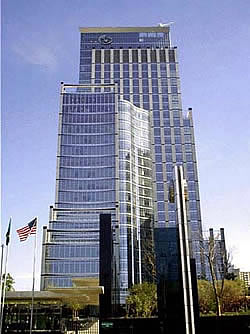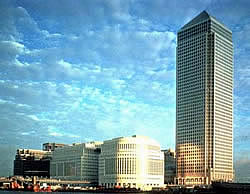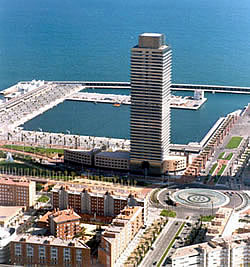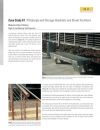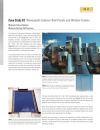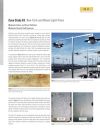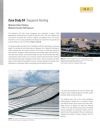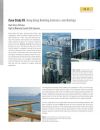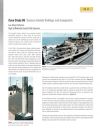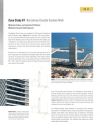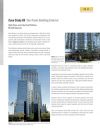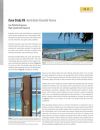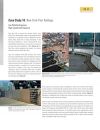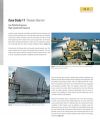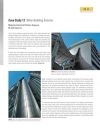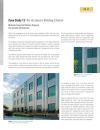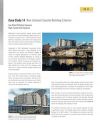Type 316 Stainless Steel (Courtesy of NucleoInox)
Bank Boston’s new South American headquarters in Sao Paulo was completed in 2002. The 30-story Corporate Office Building was designed by the US architecture firm Skidmore Owings & Merrill, LLP in conjunction with the Brazilian architecture firm Escritório Técnico Júlio Neves.
Three stainless steel finishes were used: No. 4 polish (2J) on window frames, railings, column covers, the entrance canopy, and other details, black electrochemically colored details, and coined cambric spandral panels.
Sao Paulo has high levels of urban pollution, including very high levels of air borne particulate,which creates an aggressive atmosphere for architectural metals. To avoid corrosion staining a molybdenum containing stainless steel, Type 316, has been chosen. To further improve corrosion resistance and to minimize dirt accumulation smooth surface finishes were selected.
Window washing tracks were included in the design to facilitate the planned quarterly cleaning of the windows and wall panels.

